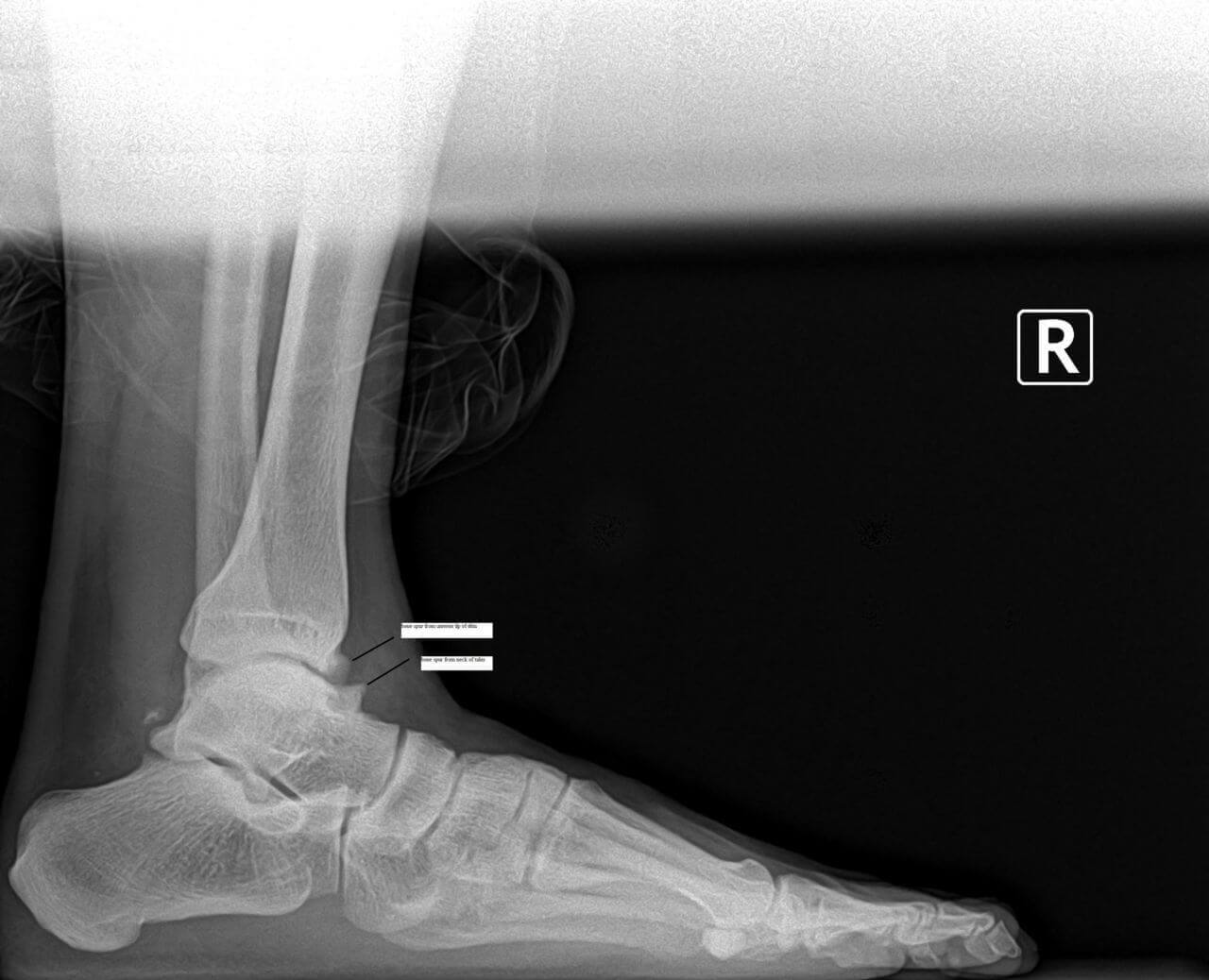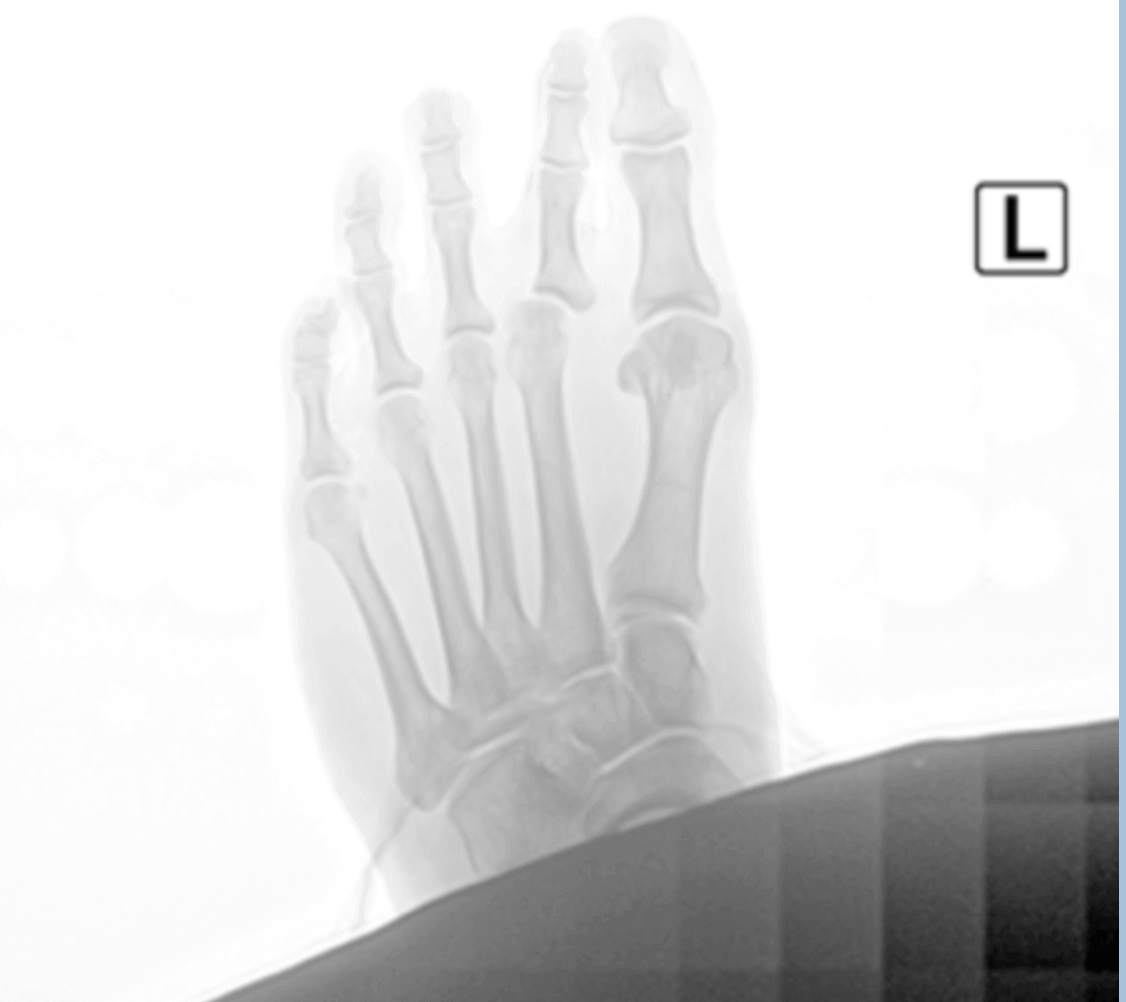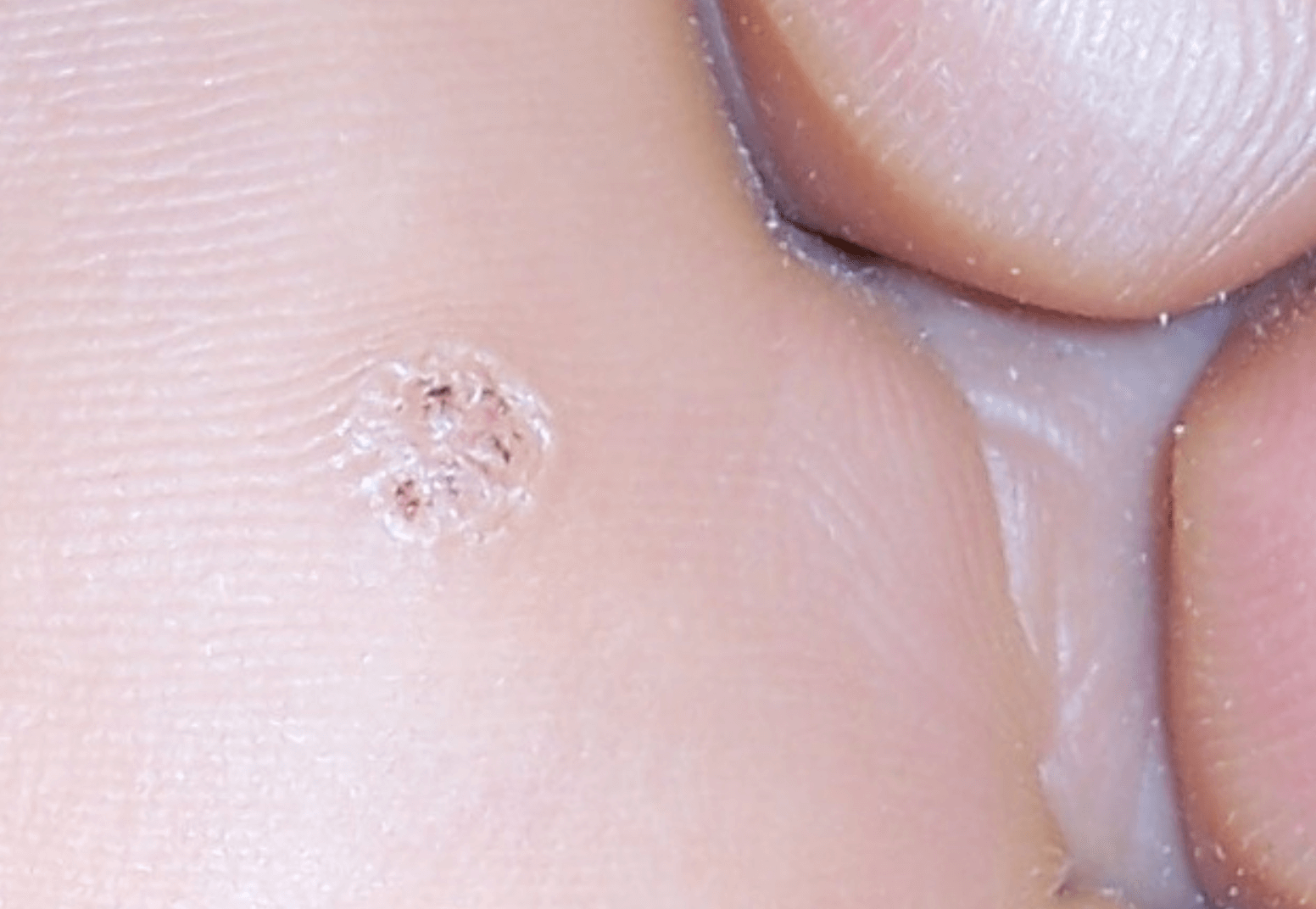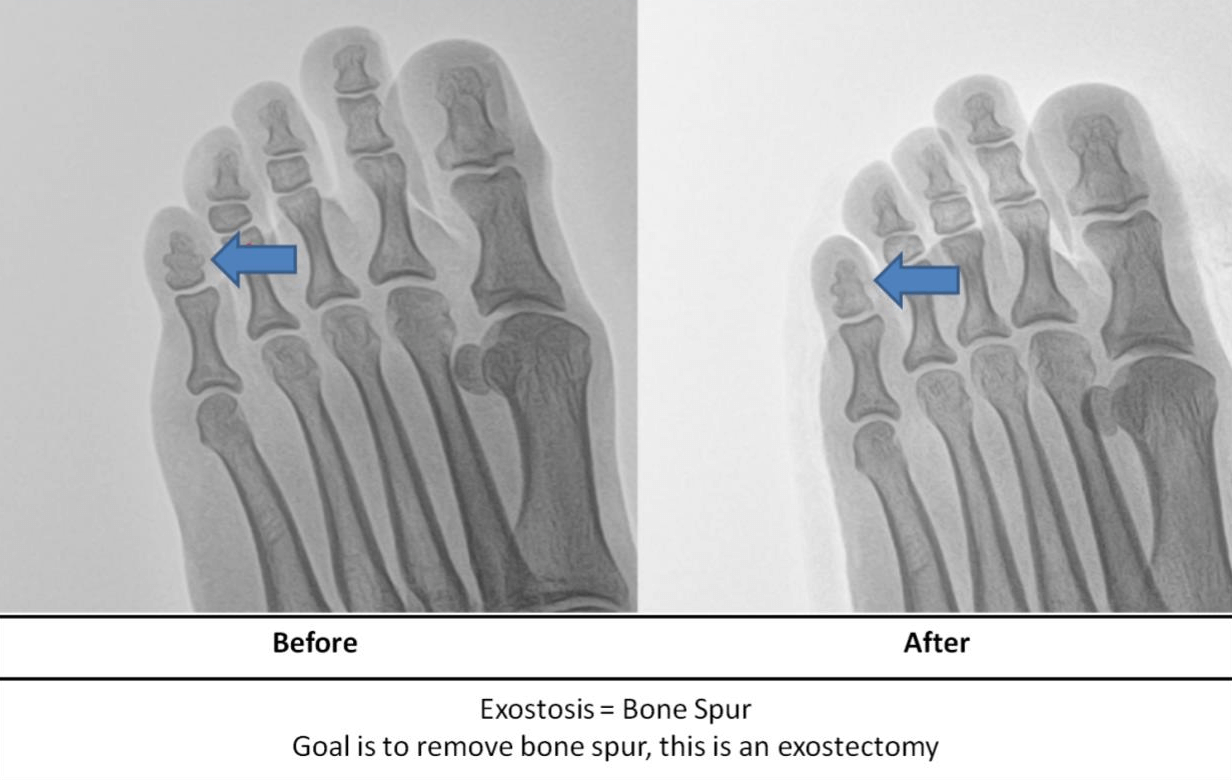issaquah foot and ankle
Displaying items by tag: issaquah foot and ankle
Dr. Timothy Young Talks About Post-op Foot Surgery Tips

We’ve discussed many of the things that need to be considered after foot surgery, including bunion surgery. One thing to think about is simple meal planning and getting groceries.
There are options such as planning all your foods and meals ahead of time. Try getting premade meals such as at Costco and keep them in the freezer so you can just put them in the oven and not have to prepare a full meal. Other options could include Uber eats or having a family member pick up other food to go. You can always ask a family member to make a meal for you also.
Don’t forget that many grocery stores have delivery options also. Amazon fresh is yet one more option.
Planning your meals ahead of time will really pay off later when you are recuperating from foot surgery!
If you are experiencing foot or ankle pain, please give us call today at 425-391-8666 or make an appointment online.
Dr. Timothy Young Talks About Joint fluid and Bunion Surgery.

Surgical bunion correction is a common procedure at our clinic and our Surgical Center. During bunion surgery after the skin incision, subcutaneous layer is also dissected and then the joint capsule. The joint capsule serves multiple functions. One is to help stabilize the joint–much like the ankle joint has ligaments that stabilize your ankle. The inner layer of the joint capsule produces synovial fluid to lubricate the joint.
During surgery this joint fluid comes out during the procedure. It can be helpful to replenish this joint fluid to help get the joint functioning properly again and moving like it should. There are different ways to accomplish this. We often inject sympathetic joint lubricant into the joint during the early postoperative time frame. The brand that we utilize is called Supartz. This was originally FDA cleared to help protect the knee joint and treat knee joint symptoms. We use Supartz in many different applications within the foot and ankle. But after bunion surgery to get the joint moving again, is certainly one of them. This can also be very helpful if the patient has arthritis of the great toe joint and has to have a joint cleanup procedure to remove some of the bone spurs and repair cartilage.
Three Ways To Prevent Cracked Heels

Standing or walking on hard surfaces all day can cause calluses to form on your feet. Being overweight and sedentary can also be a factor to having thickened skin on your feet, including heel calluses and heel fissures. Cracked heels can become worse without treatment and lead to bleeding and infection.
Here are three ways to help treat and prevent cracking heels we recommend at Issaquah Foot and Ankle Specialists:
1. Protect your feet with properly fitted shoes and orthotics. Wear properly fitted, supportive and comfortable shoes. The use of heel pads and other custom orthotic inserts can help isolate problem areas while they heal.
2. File away cracked and dead skin and moisturize. Dead skin can be removed using a pumice stone or file after soaking the feet to soften the skin.
3. Apply skin cream or lotion several times a day and allow it to soak in. In addition, wearing a sock over the foot while sleeping will provide for maximum absorption.
If you are experiencing foot or ankle pain, give us a call at 425-391-8666 or make an appointment online.
Dr. Timothy Young Talks About Bunion Anatomy

Most bunion problems involve an alignment issue with the underlying bones. The first metatarsal and the great toe become out of typical alignment. The joint itself become subluxed and is then prone to arthritis and adaptive changes.
Bunions can develop an early age. This is called juvenile onset. This involves the first metatarsal shifting away from the adjacent second metatarsal and the foot becomes wider. In some cases this involves a splayfoot. Also there is more risk of bunion formation when there is underlying metatarsus adductus. This is a genetic inherited foot structure. It is common to see other family members that have a bunion. Often times you can look to let say your mother or grandmother and find that they also have a bunion, because of this genetic pattern.
Tight shoes can speed the process up and make things worse! However, in general, you are born with a foot type that is prone to a bunion.
If you have concerns about a bunion, give us a call at 425-391-8666 or make an appointment online!
Dr. Timothy Young and Dr. Brandon Nelson.
Dr. Brandon Nelson Discusses Heel Pain Caused From Running

The weather is starting to get nice and all of us are wanting to get outside. I know I have dusted off my running shoes and have began to pound the pavement. I have suffered from heel pain in the past and as I start to run again it can rear its ugly head. I will often be a little sore after my run and it reminds me I need to take care of my feet. I once again start my routine of calf stretching and make sure to ease into my mileage. I will find my pro-stretch and specifically start targeting my plantar fascia. I will search the freezer for my frozen water bottle and start rolling my heels out after my runs. Does all this sound familiar? Heel pain can really derail our exercise routines.
I have found if I stretch and wear my prescriptive orthotics my heel pain is nonexistent. My prescriptive orthotics are specifically designed for running. These are not inserts that are purchased at a shoe store or a running store. These are prescriptive medical devices that can only be made by a foot and ankle physician. I have been running for years and have spent year perfecting my orthotics. I love to pass on this knowledge to other runners that have suffered from heel pain. I even see a lot of runners that just want to prevent injury and wear and tear on their joints and these running orthotics really help your lower extremities. If you are a runner and are ready to take care of yourself give us a call today 425-391-8666 or make an appointment online.
Dr. Brandon Nelson Discusses Plantar Warts and Warts on the Foot

Warts can be very unsightly especially when on top of the forefoot or the toes. It often times may get hard to wear sandals or flip flops during the summer. Quite a few people come in to have these removed. Often times they have seen other physicians that have been unsuccessful. Plantar warts are caused by human papilloma virus and can be a challenge to both physicians and patients alike. There are many different modalities to get rid of warts - it depends on the location and the size and the number.
We recommend having an evaluation to make sure the lesion is a wart before proceeding with treatment options. Treatment options run the gamut of topical medications to lasers and even injection therapy. Our success today with treating warts can oftentimes be close to 100% after just a few treatments. The majority of treatments for plantar verrucae is a relatively pain free and highly successful. If you suffer from warts and have tried multiple different treatment options contact our clinic today.
Give us a call today at 425-391-8666 or make an appointment online.
Dr. Brandon Nelson Discusses Covid-19 and Heel Pain

First I think it’s really important to acknowledge the fact that we are all doing are part in Washington State to protect each other by staying home and staying safe. This is an unprecedented time like we’ve never experienced and it’s important for the health and well-being of our community that we continue to put our best effort forward by continuing to respond appropriately to Covid-19. That being said our office continues to get a lot of patients that are experiencing significant heel pain.
The primary source of heel pain is plantar fasciitis. Plantar fasciitis of the heel presents most commonly with pain in the morning pain after prolonged periods of rest. It is important that a proper diagnosis is made as many other pathologies can cause heel pain. I encourage patients to see an experienced foot and ankle doctor, podiatrist to evaluate your cause and present you with the best treatment options. It's also important to note that not all plantar fasciitis cases respond to similar treatments and each individual case is unique. I highly recommend having your foot evaluated by a physician that treats a lot of heel pain as sometimes the underlying causes missed and just assumed to be plantar fasciitis. At Issaquah Foot and Ankle Specialists we specialize in heel pain and have spent years perfecting our treatment protocols.
If you’re suffering from heel pain, give us a call at 425-391-8666 or make an appointment online today.
Bone Spurs, Corns and Pressure Points on Your Toes

Dr. Timothy Young talks about removing a bone spur and corns and pressure points on your toes.
There are different types of bone spurs. Our focus today is on the 5th toe and problems when it overlaps the 4th toe. The inside or medial aspect of the 5th toe has a natural prominence where the medial condyle of the toe pushes against the adjacent side of the 4th toe. If this bone is enlarged we call it a bone spur or exostosis. This pressure point can become a red irritated patch of skin, or it can become a thickening of skin called a corn, or it can get so bad that the skin becomes an open wound.
Some of our patients are fortunate and roomier shoes or pads can alleviate the problem. Some of our patients just want the problem to go away and to have the bone spur removed.
The procedure to remove the bone spur is one of the easiest foot procedures we provide. Once the toe has local anesthetic, the procedure involves a tiny incision and then a special instrument is used to smooth down the bone enlargement. The site is flushed and a steristrip or a single suture can be used. A roomy shoe or surgical shoe can be used for a week and then use a gym shoe for another week and you are done. The recovery is very minimal and you are done. Problem solved. At Issaquah Foot and Ankle Specialists, we have an onsite surgical center that can save you time and money.
If you have a problem like this, please come in to discuss it with myself – Dr. Timothy Young, or my partner – Dr. Brandon Nelson.
How To Heal Plantar Fasciitis
It is the little things! Plantar fasciitis is often an extremely stubborn problem. It often takes a combination of treatments to get this to resolve. Some of the core treatments involve appropriate shoes, prescription orthotics, night splints, icing and other anti-inflammatory treatments. However, sometimes it is surprising how effective it can be to do a little "fine tuning" to the treatment program.
We may have a patient where we have been doing all the right things as mentioned above. And then we question our patient: have you been stretching 4 times a day and the answer is no. And just something like ramping up the stretching to 4 times a day and/or being very consistent with a night splint can make all the difference.
Another example can be wearing the right shoes. Wearing flats or Converse shoes or other shoes that just don't have much structure or support are not helpful for this problem. It is critical to get the shoes that are recommended. For example very good athletic shoes with both a combination of structure and support. This is yet another example where adding this one item while continuing to do everything else, and finally the problem gets better!
If you have heel pain, give us a call at 425-391-8666 or make an appointment online today. Myself, Dr. Timothy Young, or my partner Dr. Brandon Nelson would love to see you.
Dr. Timothy Young Talks About Bunion Surgery in Seattle.

What to expect after bunion surgery with your cast.




